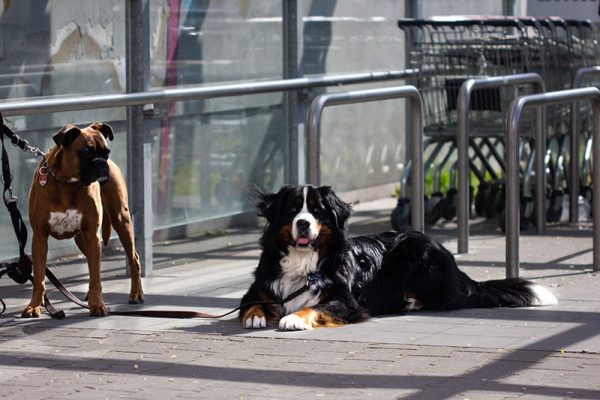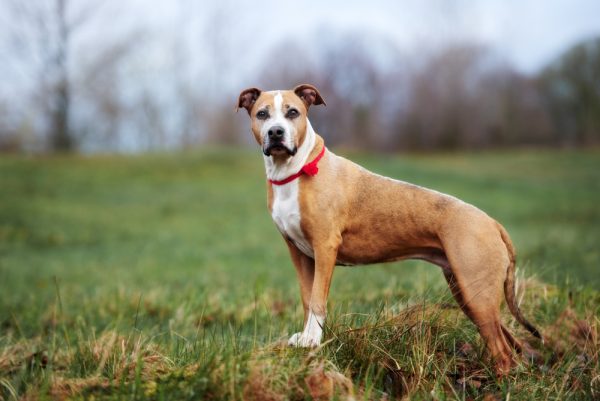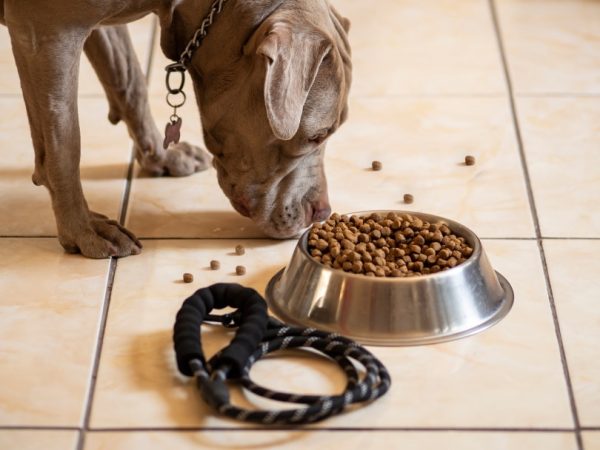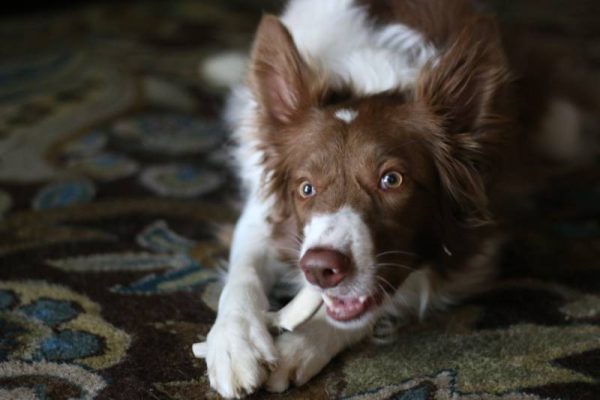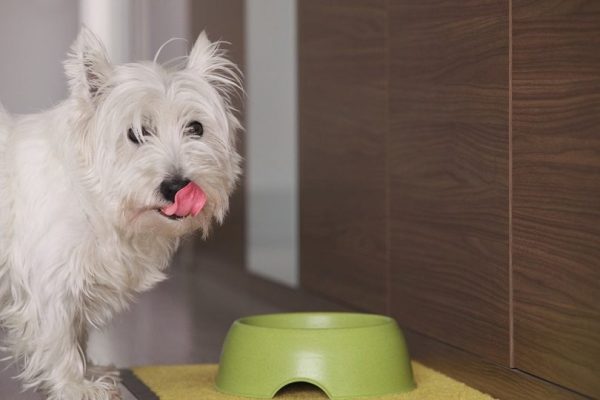Hi, I’m Dr. Karyn! Read my introduction to learn more about me and my five funny dogs, Poppy, Bailey, Kodah, Ned, and Fred.
An odd, but relatively common, question that owners of male puppies would ask me is “when will he learn to cock his leg?” Mind you, what I always found more curious was how they learn to cock their leg. We know why; the pheromones contained in just a few drops of urine can convey a great deal of information about a dog, such as the sex, reproductive status, stress levels, or dominance. Scent marking is like leaving your dating profile or Facebook status (dogs are sooo 2009) behind for everyone to check out, and let other dogs know, depending on the location and intensity of the message, that you come here regularly, or that this is your territory; the difference between “Gaz woz here” and “This is Gary’s house.” By cocking their leg to pee, male dogs can post their information at nose height, ensuring that no one misses out on what they have to say.
While these pee profiles are left and read by dogs of all shapes, sizes, and sexes, arguably the most important role they play is in exchanging information about reproductive status and fertility. For humans, there are dozens of different dating apps, but relatively few for people just looking for friends. This is why intact males tend to leave a gazillion tiny samples on every walk (think “send nudes”) and a castrated male will usually just cock his leg to empty his bladder, with a few “Gaz woz here” messages scattered around. If they are particularly protective of their territory, those messages might be greater in number, with a slightly more aggressive “Keep Out!” addendum. In fact, some particularly assertive females have also been known to adopt the cocked leg approach to peeing, presumably in an effort to make themselves heard (or, more accurately, smelled) over the miasma of male pheromones.
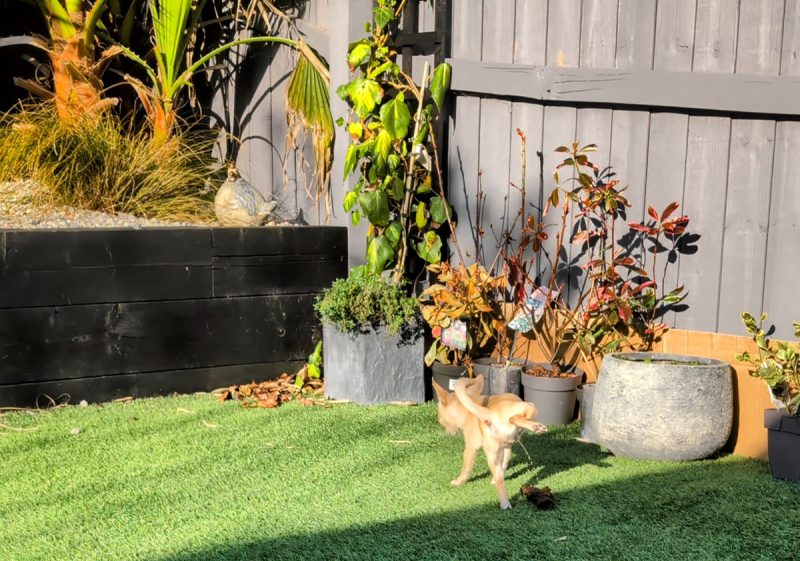
When Does Leg-Cocking Start?
Most territorial behavior starts to kick in around the same time as reproductive hormones start flooding the system, so the age at which that leg starts to rise with urination usually coincides with sexual maturity, which is different for every dog. Small breeds, like the Chihuahua, usually reach this stage by the time they are just five or six months old, while a large or giant dog breed, like a German Shepherd or Great Dane, may not be sexually mature until they are 12-24 months old.
I used to be quite bemused when dog owners, men in particular, seemed to be quite concerned when their strapping young pup hadn’t started cocking his leg, almost as though the dog’s pee posture somehow reflected on his own masculinity. Some would worry that, without another male dog to learn from, their dog would never learn to cock his leg, which is a reasonable thing to question. However, like many behaviors and actions that dogs somehow know how to do without a demonstration, leg cocking appears to be an instinctive behavior rather than a learned one.
As I would learn, to my detriment, it is also reliant on those all-important reproductive hormones.
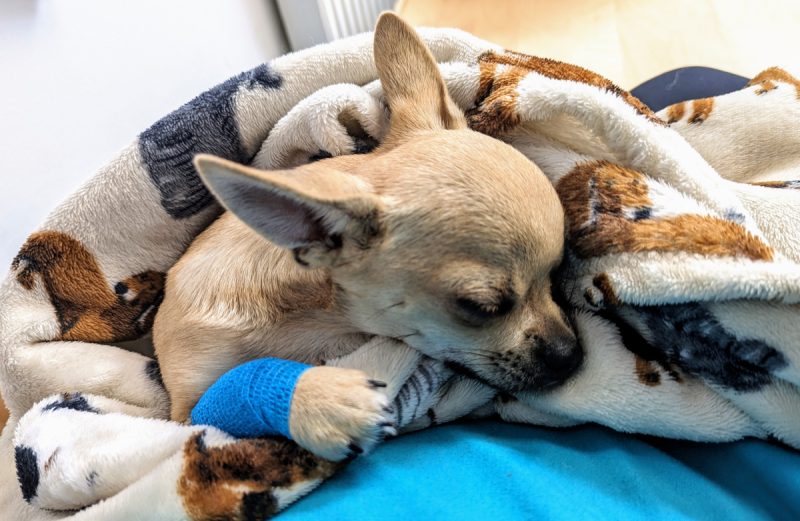
Timing Is Everything
Being dogs of the tiny variety, Ned and his offsider Fred were cocking their legs from the tender age of four or five months. Also being classically overcompensatingly assertive Chihuahuas, they tend to leave a few “This is Ned & Fred’s House – Keep Out!” messages about, and unfortunately, those messages are occasionally posted indoors. If there is one common failing of my favorite breed, it is their propensity for peeing indoors. They are notoriously challenging to toilet train, and their tendency toward assertive attitudes is a recipe for leg-cocking on sofas and doorframes. The saving grace is that at least their pee-scented notes are more Post-its than posters.
The earliest I recommend castration is at six months, but I prefer to give larger breeds much more time to allow them to approach sexual maturity and their full adult size before depriving them of that all-important testosterone. In the case of Ned and Fred, by the time that six months rolled around, they were around 90% grown, and you could already see those telltale testes starting to descend. The ideal scenario is to castrate just as those hormones are kicking in, but not wait so long as to allow them to completely take over. There are exceptions to this rule, however, and unfortunately, I made one for Kodah.
As an energetic and excitable Shepherd x Malinois, Kodah was extremely boisterous, and even diet manipulation, mental stimulation, and plenty of exercise didn’t seem to be enough to allow him to feel calm for longer than the six hours he slept overnight. He was constantly distracted and preoccupied with every dog he saw or smelled, and his little pink winky was always on show. Fortunately, there was never even a hint of aggression; he just wanted to get out and make friends with everyone, whether they liked it or not! It was distressing to see him worked up and agitated, and against my better judgement, I gave in to Husband’s pressure and castrated him at ten months old. Although the surgery did help somewhat, as Kodah was now less distracted by the pheromones that surrounded him, there was an unexpected consequence I had neither thought about nor considered the ramifications of.
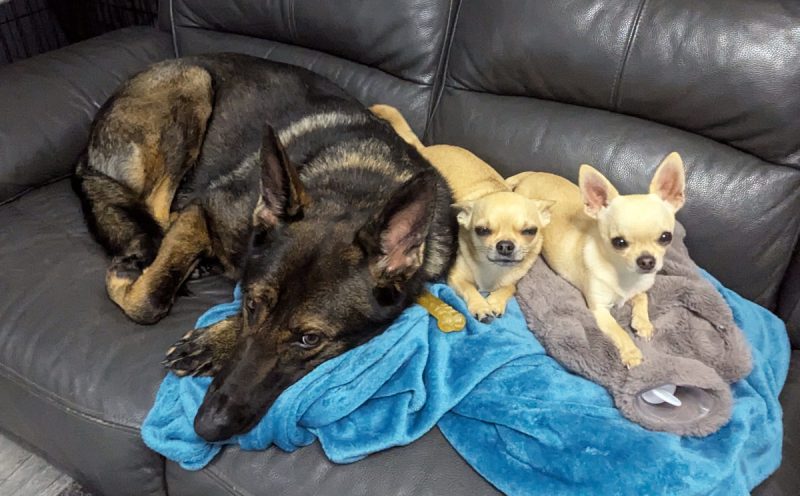
Kodah Doesn’t Pee Like a Boy…Or a Girl
When I castrated Kodah, he had not yet started to cock his leg. We weren’t concerned about what this said about his masculinity (or Husband’s), and I foolishly assumed that he would eventually start to lift that leg to pee; he never has. I can’t know for certain if this ‘failure to launch’ is purely the result of his dwindling testosterone levels, or if being under the protection of Ned and Fred has afforded him a sense of security that means he doesn’t feel the need to write his name in pee, but that leg has never wavered.
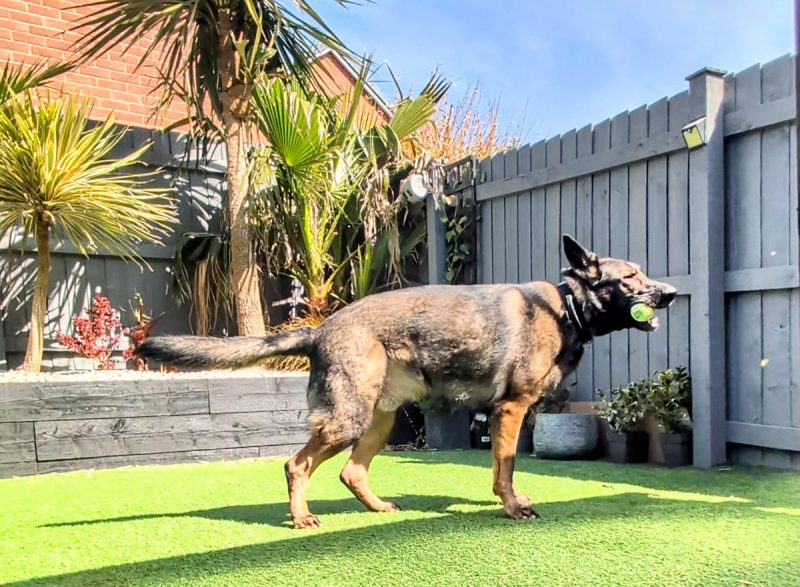
If Kodah copied the girls and sat down to pee, we wouldn’t have a problem. Unfortunately, Kodah’s pee-posture is more reminiscent of a horse: standing up, hind legs slightly extended, and pee stream directed towards the front. Sometimes it lands behind or between his front legs, but more often than not, it lands on them. So now, we need to keep a bottle of waterless shampoo by the door to freshen up his piddly paws every time he goes outside.
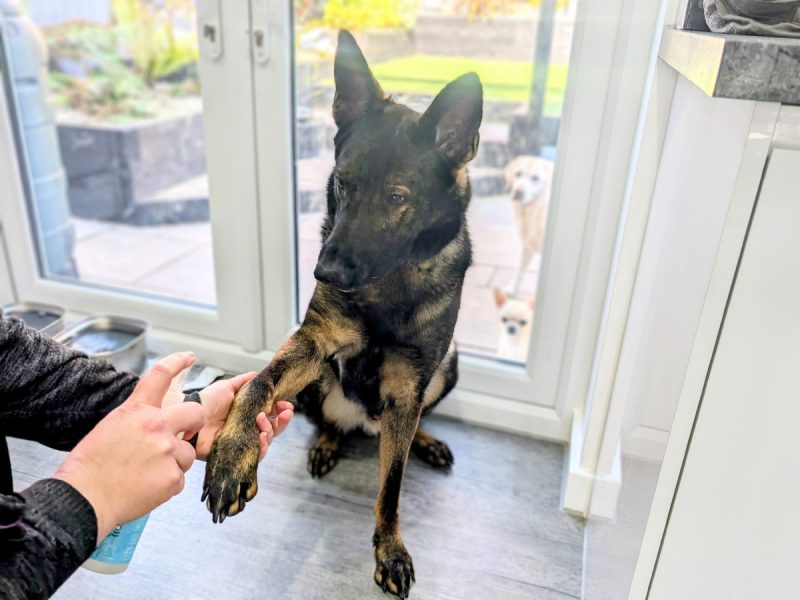
I Wish It Were the Other Way Around
You might think it strange to wish that Kodah was the leg-cocker, not the tiny Chihuahuas, but I think my reasoning is sound.
One of the main reasons Chihuahuas, and some other tiny dog breeds, get in the habit of peeing indoors is that, in most cases, you only see evidence, not the act. This makes it impossible to interrupt the action and move them outside, so from their perspective, peeing inside is as unimpeded as peeing outside. The same isn’t usually the case for a 32-inch-tall, 80-lb dog, and I suspect that we would quash any attempt made by Kodah to cock his leg indoors pretty quickly!
But alas, I am here with a pair of graffiti artists who use pee as their medium of choice, and a big softie of a dog who occasionally smells vaguely of pee. I may just have to buy shares in an enzyme cleaner company.
Our Favorite Cleaner
Hepper Advanced Bio-Enzyme Pet Stain & Odor Eliminator Spray is our favorite all-purpose cleaner for pet messes. It permanently lifts the very worst stains and odors, making clean-up and accident prevention a breeze. Hepper offers a 100% guarantee, which is a great bonus! Learn more about it here.
| Rating | Image | Product | Details | |
|---|---|---|---|---|
| Best Enzymatic Cleaner |

|
Hepper Advanced Bio-Enzyme Pet Stain & Odor Eliminator Spray |
|
Check Price |
At Dogster, we’ve admired Hepper for many years, and decided to take a controlling ownership interest so that we could benefit from the outstanding products of this cool pet company!

- Read her previous article: Hairballs and Spare Parts – Some of Neddy’s Favorite Things
- Read her next article: Why Does Kodah Drown His Toys? Fred the Bully







